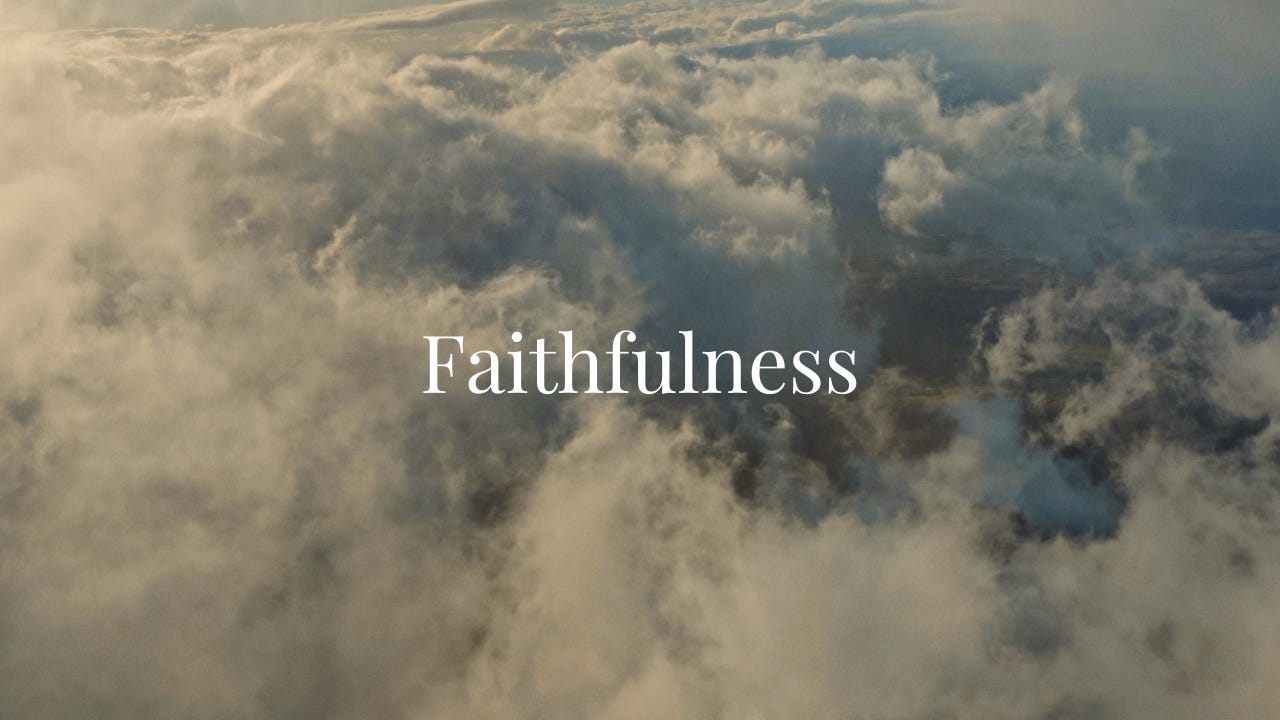Philip Comfort has translated this passage, which was a poem in the original Greek, into modern English verse. Watch the video below then read silently through the poem. After taking time on the video to familiarise yourself with the poem, take time on the second reading, to ponder and notice.
New Heaven, New Earth, New Jerusalem
Revelation 21:1-7, 22:1-5
1 I saw a brand new heaven and earth— the former earth, heaven, and sea were no more. 2 I saw the sacred city, new Jerusalem, descending from heaven adorned as a beautiful bride for her husband. 3 I heard a loud voice from the throne proclaim: God is living with his people and they with him. He himself will always be with them— Immanuel come to dwell with his people! 4 God will wipe every tear from their eyes, and kill all pain, grief, and death. 5 All this will come to pass by the One who turns the past into something new, 6 for he is the Alpha through Omega, the Beginning to the very End. 7 Those who conquer will be his children. Chapter 22 1 They will drink of the living waters flowing from the throne of the God-Man, Lamb divine. 2 They will eat everlasting fruit from the living Tree and be healed forever from all disease. 3 The illumined God beaming through the Lamb will be their light brighter than the sun. 4 They will see God’s grace and goodness shining in the face of their beloved Jesus Christ.
(Philip Comfort, The Poems and Hymns of the New Testament. Used by permission of Wipf and Stock Publishers. www.wipfandstock.com)
The faithfulness of God (founded in His loving kindness) is a theme that runs throughout the whole bible. It is stated explicitly as a characteristic of God in Exodus 34:6 and that verse then sounds down through the history of Israel and the early church through to us.
Faithfulness describes not only how we relate to each other (i.e. in a trusting, loyal manner) but also how that continues over time. It is not possible to prove faithful in an instant; loyal maybe, but not faithful.
It is the second stanza in the poem above which introduces God’s faithfulness. The first three lines encapsulate the time aspect of faithfulness, i.e. God is with us in an eternal, lasting relationship. (There is also the earlier connotation in the first stanza of the beginning of a faithful husband and wife relationship.) The last two lines describe how God relates to us. The description is deeply touching and intimate. The image of God wiping away our tears is one of a tenderness which we only associate with very close family members.
The third stanza once again deals with time: “…the One who turns the past into something new”, “the Beginning to the very End.”
The fourth stanza focuses back on the relationship. It moves from mere sustenance i.e. eating and drinking, to a more intimate encounter, i.e. looking into the face of Christ. It seems to suggest a wedding feast.
Although this is a grand vision of the culmination of time and space (heaven and earth), it is also deeply intimate. In the end, it is still all about our relationship with God.
I have tried to capture this in the music. There is a clear reference to the grandiosity of Debussy’s La Cathédrale Engloutie at the beginning but it transitions into something more intimate as it goes on. I have also used a dance/waltz meter to hint at a couple dancing at a wedding feast. The melodic themes from the earlier piano pieces, Love and Joy, are also used throughout for the same reason.
There is additional weight to the use of the melodic theme from Joy. That piano piece used an additional melodic fragment from O Come All Ye Faithful, which recalls the concept of Immanuel (God with us), a key focus of this poem.
The harmony sequence which is used in this piece is the same as is used in Love and comes from Pachelbel’s Canon in D, which is synonymous with weddings.





Enjoyed that music! The birdsong at the end was a surprise ... how did you incorporate that?